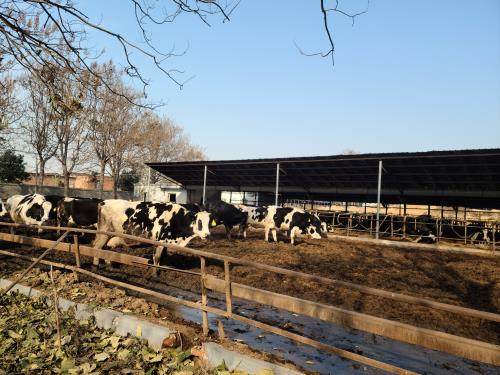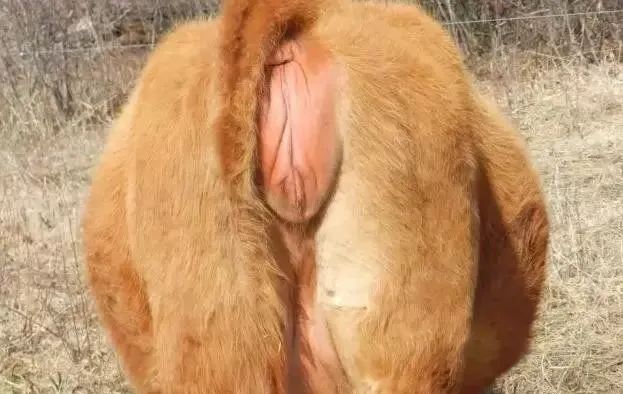Marble pattern is an important indicator in beef grading standards both domestically and internationally, and there are many reports on how marble pattern affects the tenderness of meat, but opinions vary. Research has found that the influence of marble patterns and flesh color on tenderness differences reaches 30%. There are also many studies indicating that the marble pattern score has limited predictive ability for the tenderness of cooked beef. Research has shown that the tenderness of bovine eye muscle area increases with the increase of marble pattern content, but the effect on the difference in tenderness is only 12%. The research results of Jones and Wheeler et al. showed that the contribution rate of marble pattern to the difference in beef eating quality does not exceed 5%, and the area of beef eye muscle indicates that marble pattern is not the main indicator affecting beef tenderness. From the results of this experiment, it can be seen that marble patterns have no significant effect on shear force and pH values. Because the shear force value is measured by heating the meat to a central temperature of 70 ℃ and avoiding visible connective tissue and fat for sampling, at 70 ℃, the intramuscular fat particles have melted and sampling is avoided from visible connective tissue and fat. Therefore, it is normal that the magnitude of the shear force value is not related to the number of marble patterns. The shear force value is actually the result of the resistance of myofibrils, endometrium, and fascia to mechanical shear.
On site measurement of beef backfat eye muscle area
The reason why there is a significant difference in the research results of the effect of marble patterns on tenderness observed in the area of bovine eye muscle is that:
1、 Although the tenderness of meat can be objectively reflected by the shear force value, in some experiments, the evaluation of tenderness is based on the sensory evaluation of the tasting group. Intramuscular fat increases the juiciness of cooked meat, and artificial sensory evaluation will make it feel soft and juicy, which will inevitably increase the tenderness score;
2、 Perhaps the current rating system for marble patterns cannot effectively evaluate the grade of marble patterns;
3、 The observation of marble patterns on the area of bovine eye muscle cannot fully reflect the tenderness of meat, which requires further research on new predictive indicators that comprehensively reflect tenderness. The water retention of raw and cooked meat directly affects the yield and edibility of meat, thereby affecting production efficiency. The results of this experiment indicate that the grade of marble pattern has a significant impact on cooking loss. The richer the marble pattern, the higher the intramuscular fat content, and the smaller the cooking loss of meat. This indicates that intramuscular fat can increase the water holding capacity of cooked meat, reducing the steaming loss of cooked beef. Therefore, beef with rich marble patterns feels soft and juicy when eaten, which may also be the reason why beef with rich marble patterns has a softer taste. Many other studies have also shown that
There is a highly significant correlation between the content of stone patterns and the sensory evaluation score of juiciness.









